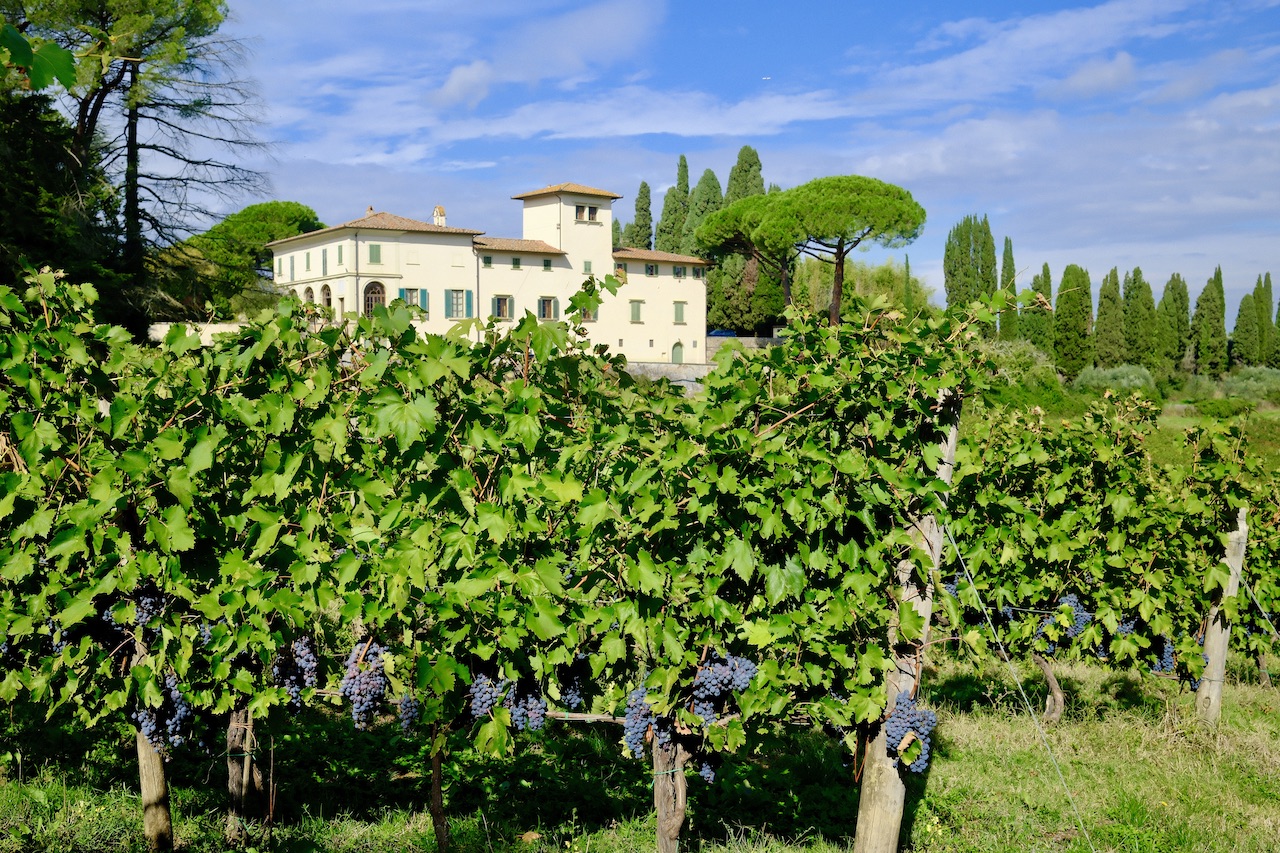Wine tours in Tuscany - About Angie - +39 3333185705 - angie.chianti@gmail.com
IRON AND STEEL
In Italy to say that a person is safe, at work, in life and love is said to “being in a iron barrel”, a phrase that is probably from ancient Rome when the soldiers were traveling with their provisions and therefore could happen that during some particularly dangerous fight someone throw himself into the barrels for shelter from arrows and fireballs.
Thinking about the wine that in this season is resting in the cellars in modern stainless steel vats, we can definitely say that wine is safe. Why? Because steel as well as cement and fiberglass is a neutral material that does not add or detract from the content, the wines that rest in the stainless steel vats are almost always white, rosé and red ones that must retain their fruit aroma , lively and young. And in fact, the wine stays there for a few months, just long enough to dampen the wild and sour nature and bring out the roundness of the ripe fruit.
TERRACOTTA
Typically Italian and Greek is the custom, born in ancient times, to age the wine in terracotta jars. Also the clay is a neutral material, it welcomes the content without yielding anything of its “organic”, but, unlike the steel, allows an exchange of oxygen similar to the medium-sized oak barrels, plus it offers excellent thermal insulation, essential because yeasts and enzymes carry out their noble work, the development of what would later be the “character” of the wine. Moreover has no electrostatic problems like the stainless steel vats.
CONCRET
The concrete, is closer to the wood and now through the fiberglass walls it is possible to get a positive microxygenation for the aging wine. In the past they were huge tanks and without fiberglass therefore they were very bulky and there was always the risk for the wine to absorb the cement. Now they are more technological.
WOOD
And then there’s the wood, mainly oak wood, used to make barrels and barriques. Wine and wood have always got along well and they are excellent partners, although the trends in recent years have exceeded the crafting of wood on grape nature.
If you join us to a wine tasting tour, a one full day tour starting from Florence, we will take you in less than an hour drive in one of the world’s most beautiful countryside, you will get excited in visiting our small family wineries that produce boutique wine and of course visiting the cellars where great Italian wines such as Chianti and Super Tuscans or Brunello sleep, but actually work. And like all fine Italian wines they are aging in oak barrels, mainly french wood , but sometimes also Hungarian oak.
In Tuscany, most of the small wineries don’t like “too much wood” because it covers the personality of the wine, rather than enhance it.
Size of the oak wood barrels
Reciprocity is established between the container and the wine and it changes the characteristics of both. The amount of the changes is influenced by the ratio between the size of the container and the quantity of the liquid inside.
The lower the capacity of the barrel the greater the contact between the wine and the wood, and therefore the wine modification; the silent work that is taking place in the cellars is not to “spice up” the wine, but to trigger reactions between the wine and the wood: it will be this relation that will affect it in terms of color, of smells, of aromas, of taste and aftertaste.





